
- #environmental studies
Research reveals LED light could break down PFAS
Yesterday

- #environmental studies
Complete recycle of solid-state batteries possible
5 days ago
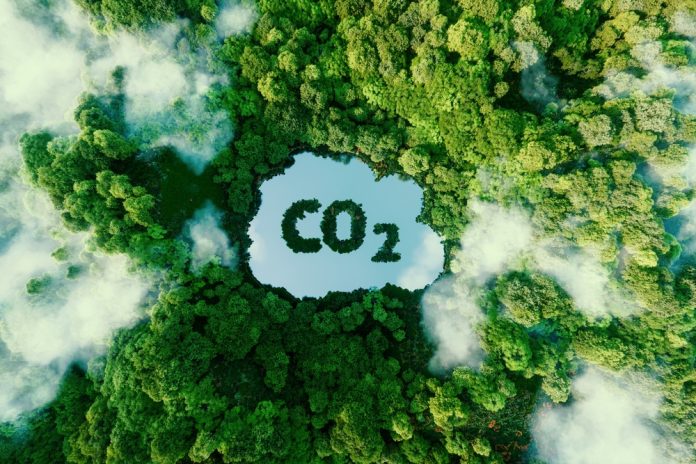
- #environmental studies
Fastest carbon storage technology unveiled
2 weeks ago

- #environmental studies
An engineering experiment to cool the earth
4 months ago
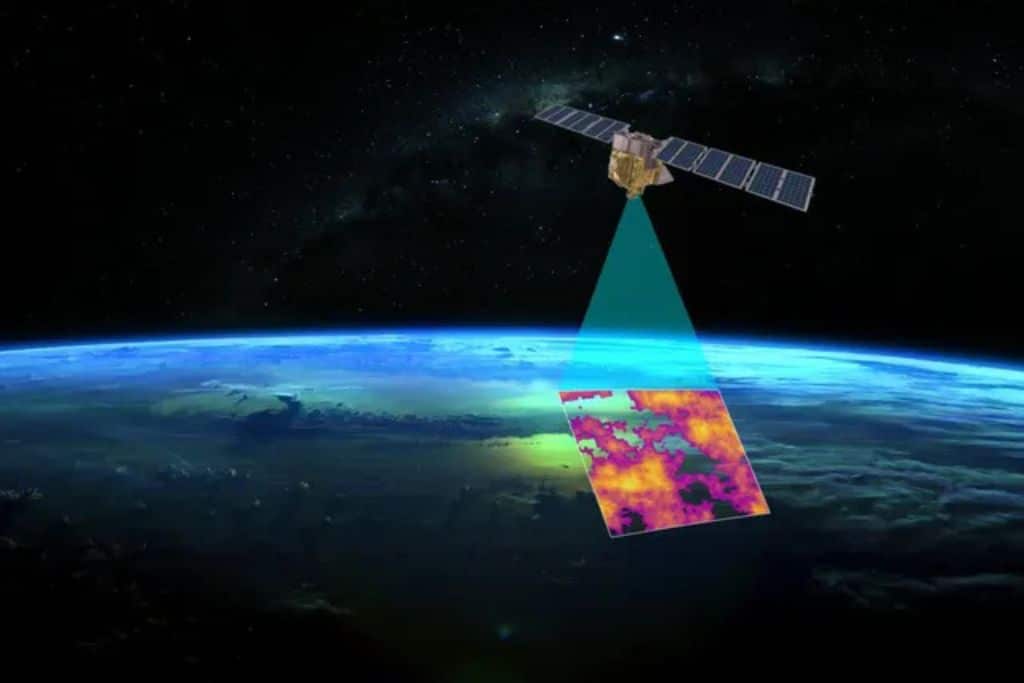
- #environmental studies
New Satellite to Track Global Methane Emissions
5 months ago
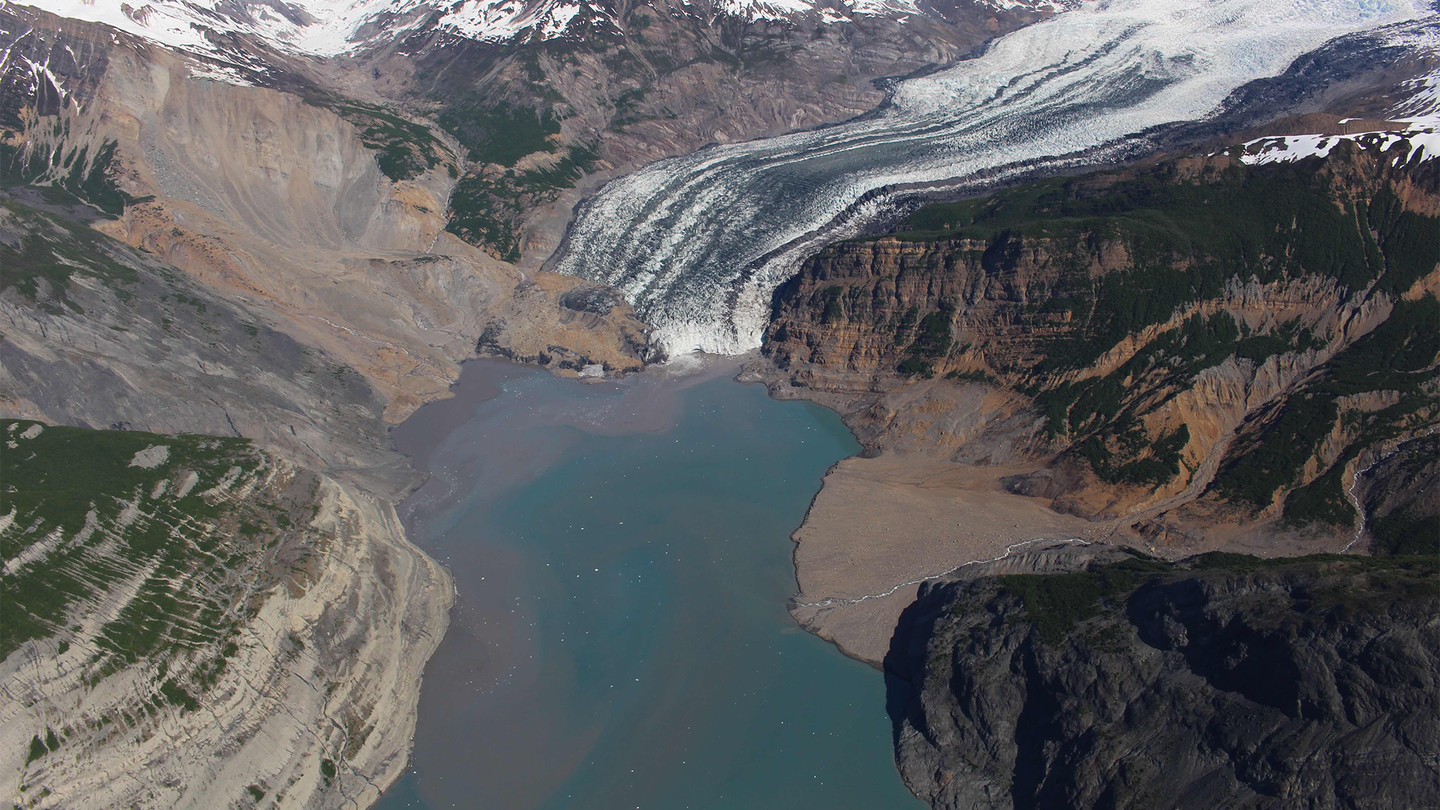
- #environmental studies
Now, landslide tsunamis can be detected in minutes
5 months ago

- #environmental studies
Japanese space debris inspection probe launched
5 months ago

- #environmental studies
Tara gum to be used as an alternative to plastic
6 months ago
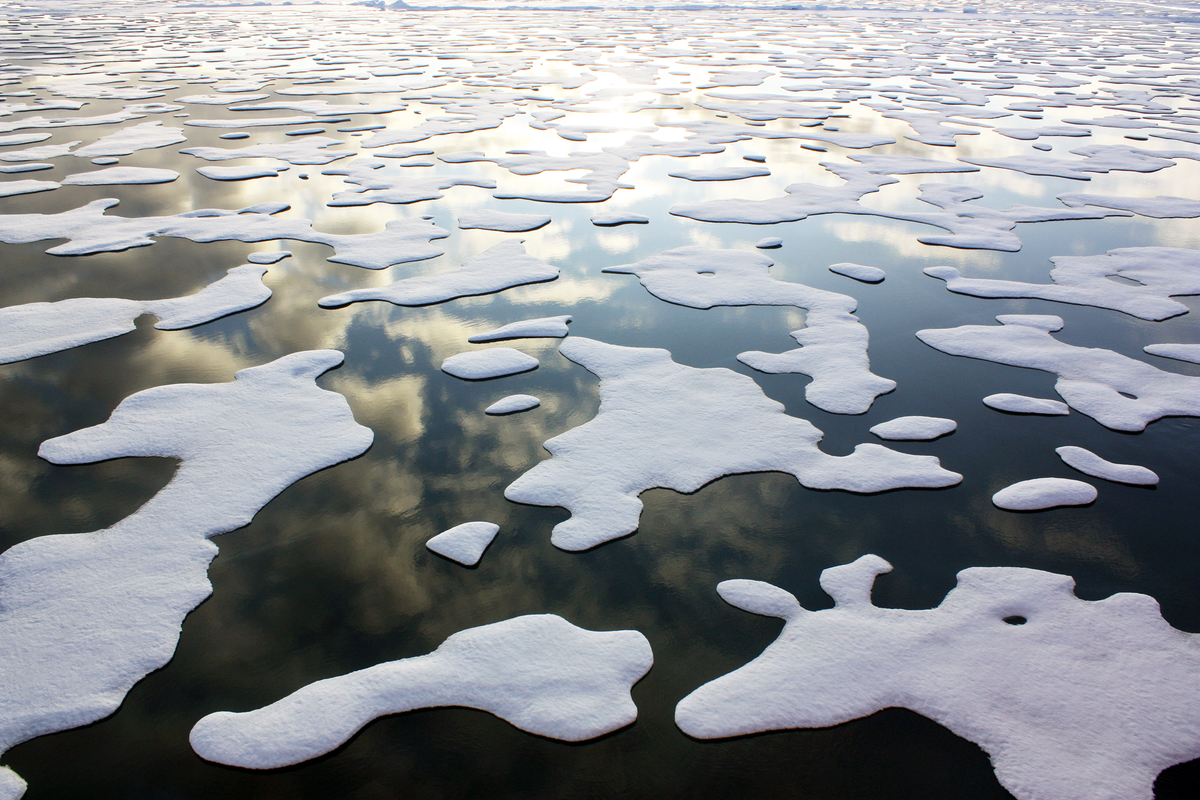
- #environmental studies
Five catastrophic climate tipping points on Earth
8 months ago

- #environmental studies
Climate-heating gases reach record highs
8 months ago

- #environmental studies
New satellite will detect and share CO2 data
8 months ago
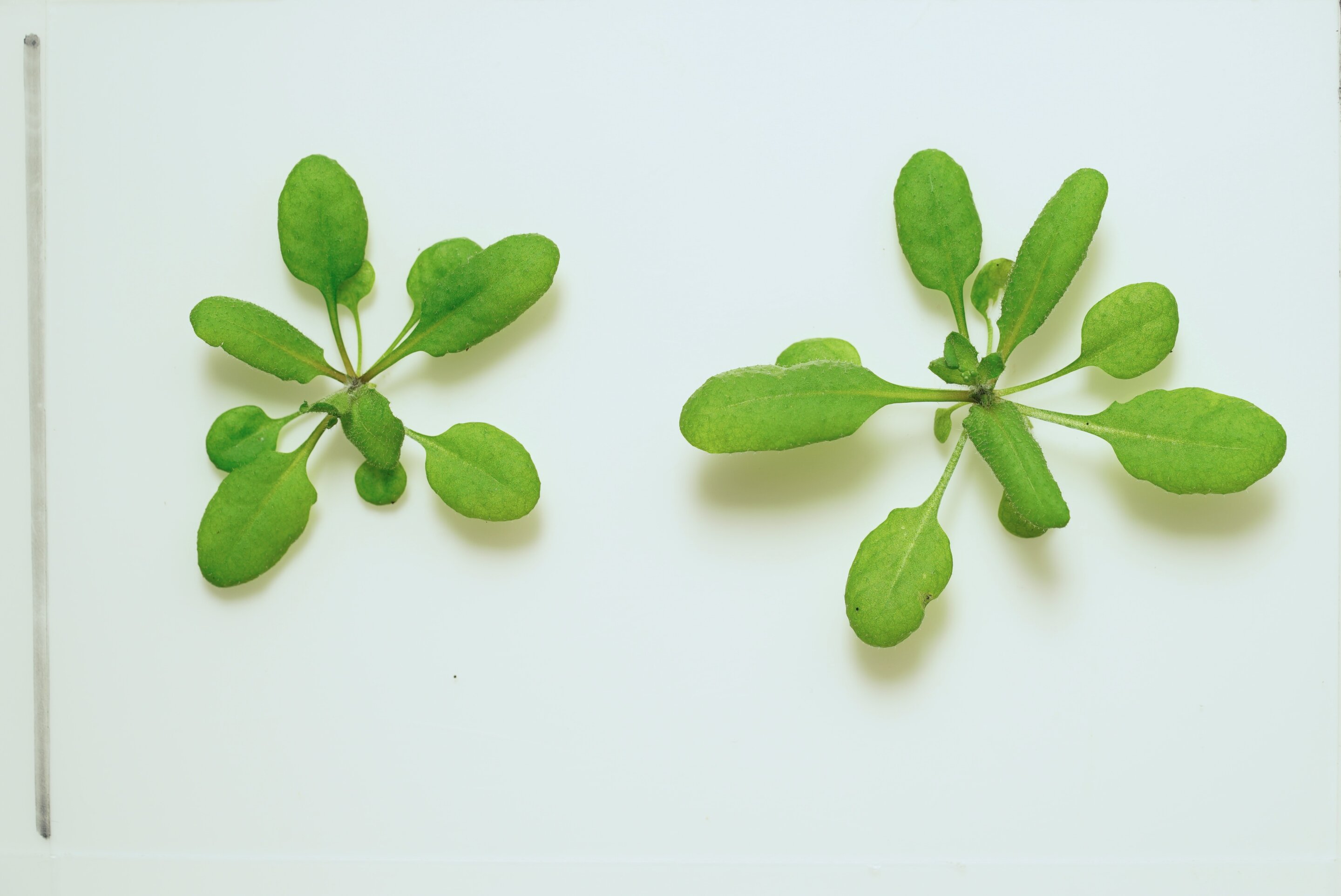
- #environmental studies
Plants become detectors of hazardous chemicals
9 months ago

- #environmental studies
Aqueous rechargeable batteries
9 months ago

- #environmental studies
Metal-loving microbes could replace chemical
10 months ago

- #environmental studies
Fungi Make Safer Fireproofing Material
10 months ago

- #environmental studies
New biodegradable plastics made with spirulina
Last year

- #environmental studies
Massive phosphate deposit found in Norway
Last year
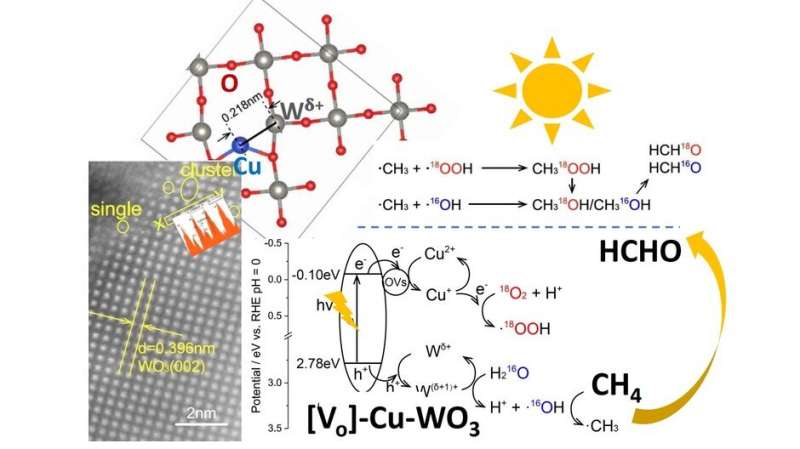
- #environmental studies
Сatalyst transforms methane in valuable chemicals
Last year
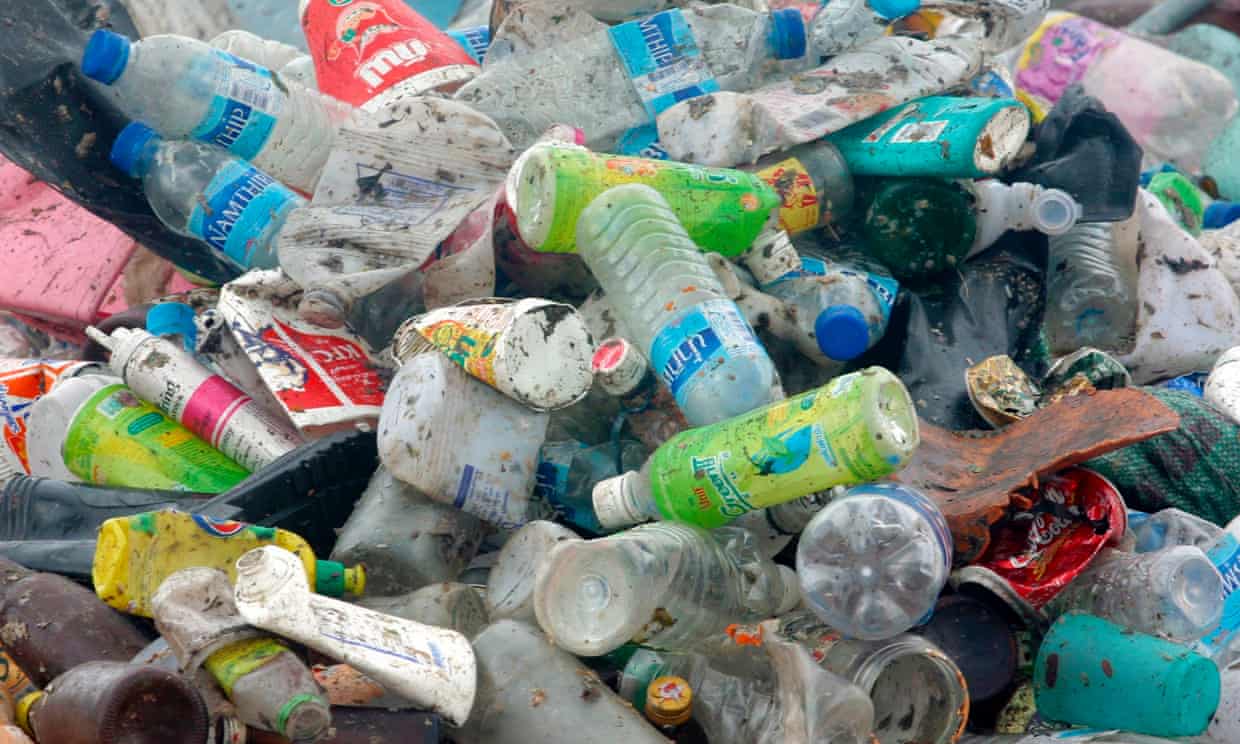
- #environmental studies
Microbes can digest plastics at low temperatures
Last year
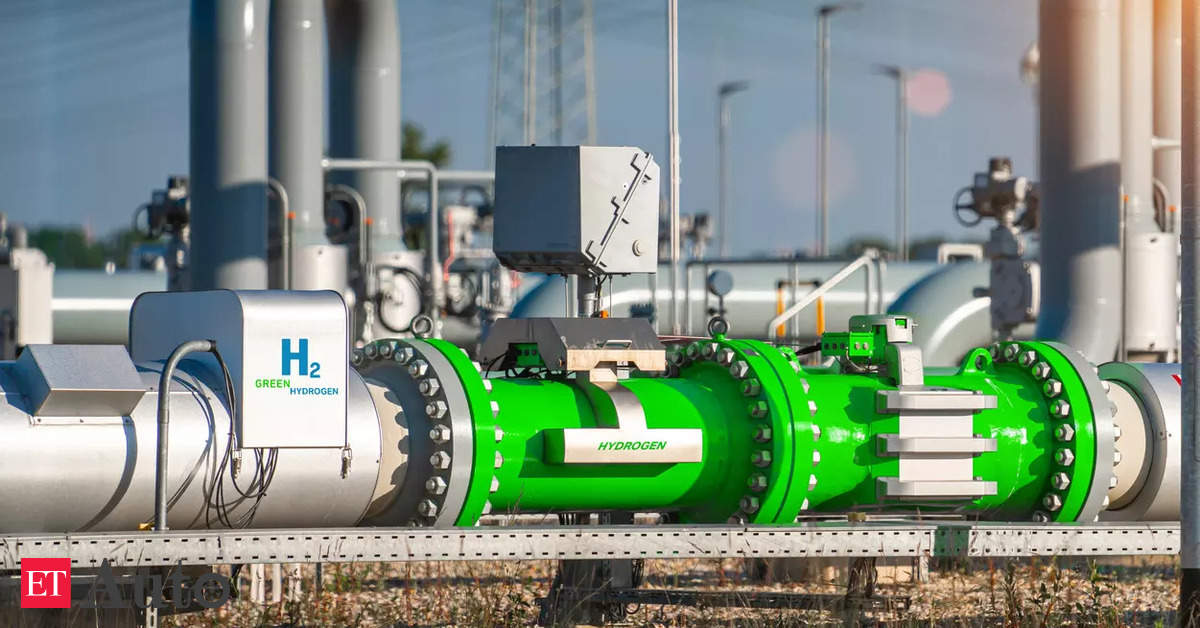
- #environmental studies
Seawater split to produce 'green' hydrogen
Last year